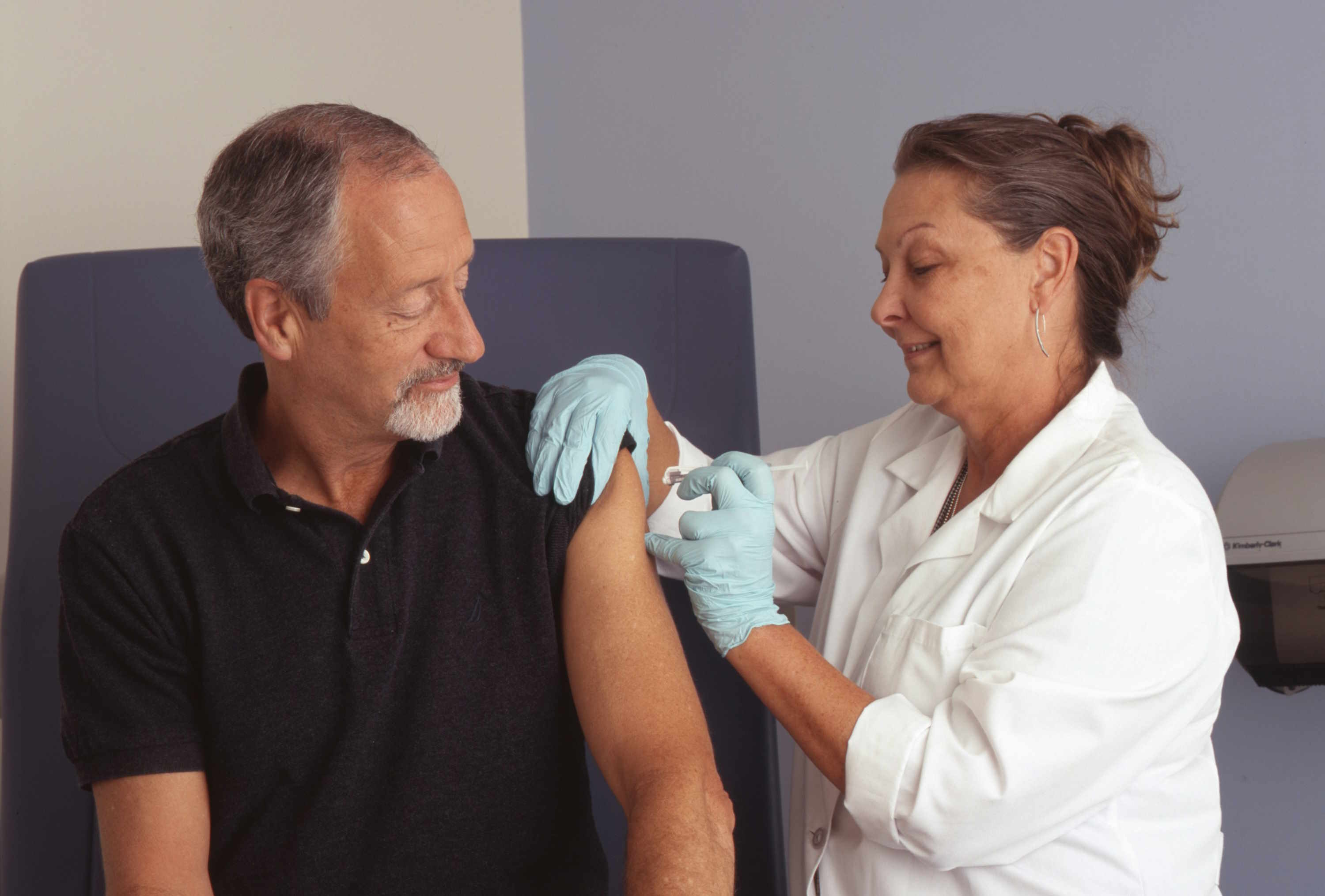The Early Signs of Prostate Issues Most Men Ignore: Recognizing Symptoms to Safeguard Your Health After 40
As men age, particularly after 40, the risk of developing prostate issues increases significantly. However, many men overlook or dismiss early warning signs, potentially compromising their health. Understanding and recognizing these symptoms is crucial for early detection and effective treatment of prostate conditions, including prostate cancer. This article explores the common signs of prostate problems that men often ignore and highlights the importance of proactive health management.

What are the most common urinary symptoms linked to prostate conditions?
Urinary symptoms are often the first indicators of prostate issues. These can include:
-
Frequent urination, especially at night (nocturia)
-
Difficulty starting urination or maintaining a steady stream
-
Weak urine flow or dribbling at the end of urination
-
Urgency to urinate
-
Incomplete emptying of the bladder
These symptoms are commonly associated with benign prostatic hyperplasia (BPH), a non-cancerous enlargement of the prostate gland. However, they can also be early signs of more serious conditions, including prostate cancer. It’s essential to consult a healthcare provider if you experience persistent urinary changes.
What are the unrecognized warning signs of prostate health changes?
While urinary symptoms are well-known, there are other subtle signs that men often overlook:
-
Erectile dysfunction
-
Pain or discomfort in the pelvic area
-
Blood in urine or semen
-
Unexplained weight loss
-
Bone pain, particularly in the lower back, hips, or thighs
These symptoms can be indicative of various prostate conditions, including prostatitis, BPH, or prostate cancer. It’s crucial to pay attention to these signs and not dismiss them as normal aging processes.
What risk factors impact prostate well-being after age 40?
Several factors can increase a man’s risk of developing prostate issues after 40:
-
Age: The risk increases significantly as men get older
-
Family history: Having close relatives with prostate cancer elevates risk
-
Race: African American men have a higher risk of prostate cancer
-
Diet: High consumption of red meat and high-fat dairy products may increase risk
-
Obesity: Being overweight is associated with a higher risk of aggressive prostate cancer
-
Lack of exercise: A sedentary lifestyle may contribute to prostate problems
Understanding these risk factors can help men make informed decisions about lifestyle changes and screening frequency.
Why is early detection and regular screening important for prostate health?
Early detection is crucial in managing prostate conditions effectively. Regular screening can help identify issues before symptoms become apparent, leading to better treatment outcomes. The two primary screening methods are:
-
Prostate-Specific Antigen (PSA) blood test
-
Digital Rectal Examination (DRE)
The American Cancer Society recommends that men discuss prostate cancer screening with their doctor at:
-
Age 50 for men at average risk
-
Age 45 for men at high risk (including African Americans and those with a first-degree relative diagnosed with prostate cancer before age 65)
-
Age 40 for men at even higher risk (those with more than one first-degree relative who had prostate cancer at an early age)
Early detection can lead to more treatment options and improved prognosis, especially for prostate cancer.
What lifestyle habits can support prostate health, according to experts?
Experts recommend several lifestyle habits to maintain prostate health:
-
Maintain a balanced diet rich in fruits, vegetables, and whole grains
-
Limit consumption of red meat and high-fat dairy products
-
Stay physically active with regular exercise
-
Maintain a healthy weight
-
Stay hydrated by drinking plenty of water
-
Manage stress through relaxation techniques or meditation
-
Quit smoking and limit alcohol consumption
These habits not only support prostate health but also contribute to overall well-being and may reduce the risk of other health issues.
What are the current treatment options for prostate cancer?
Treatment options for prostate cancer vary depending on the stage and aggressiveness of the cancer, as well as the patient’s overall health and preferences. Common treatments include:
-
Active Surveillance: Monitoring slow-growing cancers without immediate treatment
-
Surgery (Radical Prostatectomy): Removal of the entire prostate gland
-
Radiation Therapy: Using high-energy rays to kill cancer cells
-
Hormone Therapy: Reducing testosterone levels to slow cancer growth
-
Chemotherapy: Using drugs to kill cancer cells
-
Immunotherapy: Boosting the body’s immune system to fight cancer
-
Cryotherapy: Freezing cancer cells to destroy them
-
High-Intensity Focused Ultrasound (HIFU): Using sound waves to destroy cancer cells
| Treatment Option | Description | Typical Cost Range (USD) |
|---|---|---|
| Active Surveillance | Regular monitoring without immediate treatment | $2,000 - $5,000 per year |
| Radical Prostatectomy | Surgical removal of the prostate | $15,000 - $35,000 |
| Radiation Therapy | External beam or brachytherapy | $20,000 - $50,000 |
| Hormone Therapy | Medications to reduce testosterone | $10,000 - $30,000 per year |
| Chemotherapy | Drug treatment to kill cancer cells | $30,000 - $80,000 per course |
Prices, rates, or cost estimates mentioned in this article are based on the latest available information but may change over time. Independent research is advised before making financial decisions.
Recognizing the early signs of prostate issues and understanding the importance of regular screenings are crucial steps in safeguarding men’s health after 40. By staying vigilant about changes in urinary patterns, paying attention to subtle warning signs, and adopting prostate-friendly lifestyle habits, men can take proactive measures to maintain their prostate health. Regular consultations with healthcare providers and adherence to recommended screening guidelines are essential for early detection and effective management of prostate conditions, including cancer. Remember, proactive health management is key to ensuring a better quality of life as you age.
This article is for informational purposes only and should not be considered medical advice. Please consult a qualified healthcare professional for personalized guidance and treatment.




